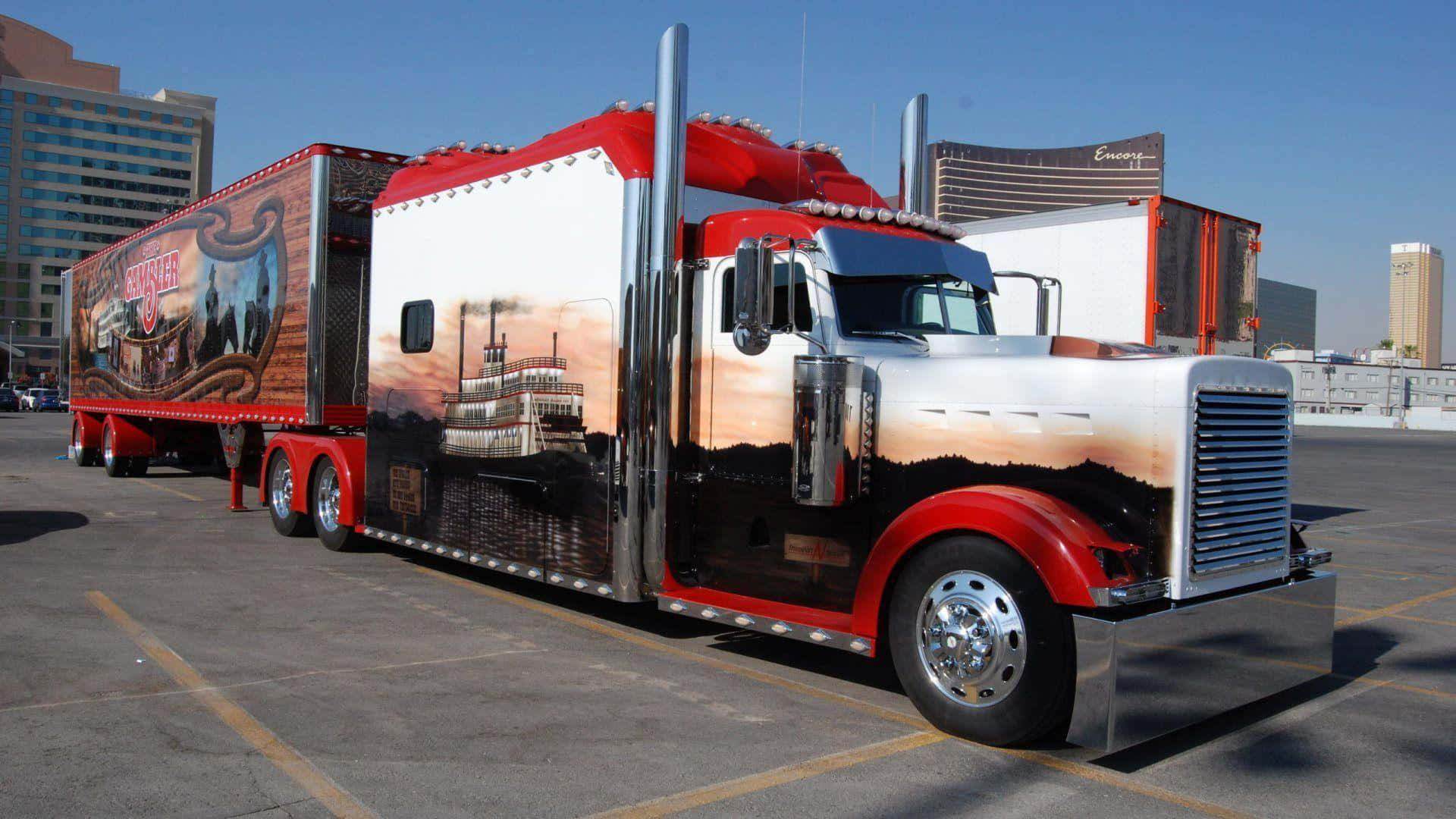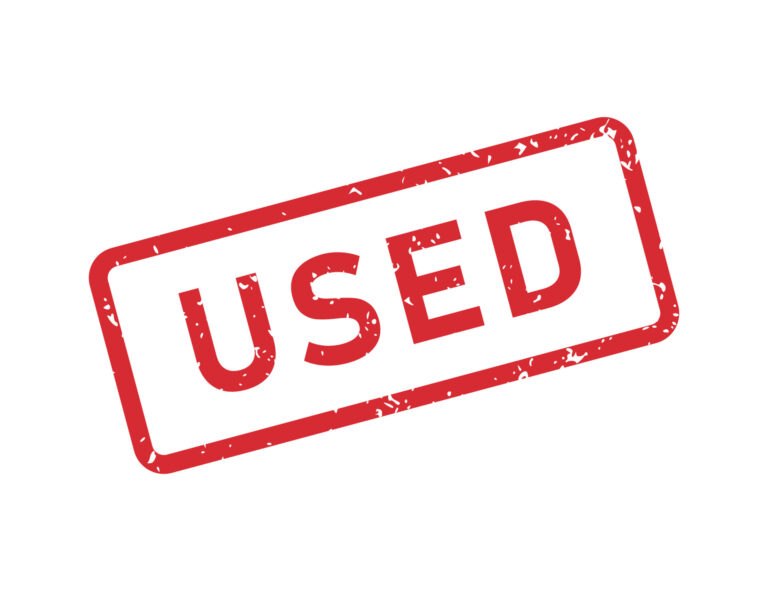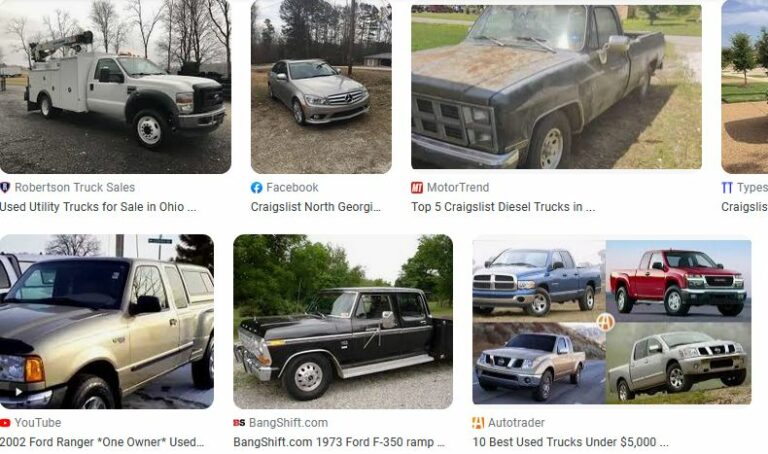How Is A Truck Component Called: Unraveling the Nomenclature of Commercial Vehicle Parts
How Is A Truck Component Called: Unraveling the Nomenclature of Commercial Vehicle Parts cars.truckstrend.com
The world of heavy-duty trucks is a marvel of engineering, a complex tapestry of thousands of individual components working in unison to transport goods across vast distances. For anyone involved in the trucking industry – from mechanics and parts specialists to owner-operators and fleet managers – understanding how these myriad components are identified, categorized, and referred to is not merely a matter of convenience; it’s a critical skill that impacts efficiency, safety, and profitability. This article delves into the fascinating and often intricate world of truck component nomenclature, exploring not just what these parts are called, but how their names are derived, standardized, and utilized in the real world.
At its core, "How is a truck component called?" speaks to the established systems and common practices that allow individuals to accurately identify and communicate about specific parts, whether for repair, replacement, or design. It encompasses everything from colloquial terms used in the shop to highly precise alphanumeric codes understood globally. Without a coherent system for naming and identifying components, the entire logistics chain would grind to a halt, leading to costly delays, incorrect repairs, and potentially dangerous situations on the road.
How Is A Truck Component Called: Unraveling the Nomenclature of Commercial Vehicle Parts
The Language of Truck Parts: Common Terminology and Slang
The first layer of understanding truck component names is through everyday language and industry-specific jargon. Just like any specialized field, trucking has developed its own lexicon.
- Everyday Names: Many components are called by names that are intuitive and universally understood, even by those outside the industry. Terms like "engine," "tire," "brake pedal," "headlight," and "steering wheel" fall into this category. These common names are excellent for general communication but often lack the precision needed for ordering specific parts.
- Industry Jargon and Slang: As you delve deeper, more specialized terms emerge that are common within the trucking community but might be obscure to outsiders.
- "Fifth Wheel": This isn’t a spare tire; it’s the coupling device on the tractor that connects to the trailer.
- "Glad Hand": These are the air connectors between the tractor and trailer, resembling a hand.
- "Jake Brake": A common term for an engine brake (specifically the Jacobs Vehicle Systems brand), used to slow the truck by using the engine’s compression.
- "Doghouse": The cover over the engine inside the cab, especially in conventional trucks.
- "Kingpin": The pivot pin on the front of a semi-trailer that connects to the fifth wheel.
These terms are crucial for efficient communication among experienced professionals, assuming a shared understanding. However, regional variations can sometimes lead to minor confusion (e.g., "mud flap" vs. "splash guard").


Categorization and Systems: Organizing the Truck’s Anatomy
Beyond individual names, truck components are systematically organized into larger groups and sub-systems, reflecting their function and location. This hierarchical naming helps in diagnostics, repair, and understanding the truck’s overall architecture.
- Major Systems: Trucks are typically broken down into several primary systems:

- Drivetrain: Includes the engine, transmission, driveshafts, and axles – everything that generates and transmits power to the wheels.
- Chassis: The structural frame, suspension system (springs, shock absorbers, air bags), steering components, and wheels.
- Braking System: Air brakes are standard in heavy trucks, involving air compressors, reservoirs, lines, brake chambers, and foundation brakes (drums or discs).
- Cab: The driver’s compartment, encompassing the interior, dashboard, seating, controls, and HVAC system.
- Electrical System: Batteries, alternator, wiring harnesses, lights, sensors, and electronic control units (ECUs).
- Cooling System: Radiator, water pump, fan, hoses, and thermostat.
- Exhaust System: Exhaust manifold, turbocharger, DPF (Diesel Particulate Filter), SCR (Selective Catalytic Reduction) system, muffler, and tailpipe.
- Sub-systems and Assemblies: Within these major systems, components are further grouped into assemblies. For example, within the "Engine" system, you’d find "Cylinder Head Assembly," "Fuel Injection System," or "Turbocharger Assembly." This level of categorization is vital for ordering kits or understanding how smaller parts integrate into a larger functional unit.
- Hierarchical Naming: This structure allows for increasingly specific identification. You might start with "Brake System," narrow it down to "Air Brake System," then "Brake Chamber," and finally specify a "Type 30/30 Spring Brake Chamber." This systematic approach ensures clarity and reduces ambiguity.
The Precision of Part Numbers: The Universal Identifier
While descriptive names are helpful, the most precise way a truck component is called and identified is through its part number. These alphanumeric codes are the backbone of parts management, ensuring accuracy in manufacturing, inventory, and repair.
- OEM (Original Equipment Manufacturer) Part Numbers: Every component installed by the truck manufacturer (e.g., Freightliner, Volvo, Kenworth) or by major component suppliers (e.g., Cummins engines, Eaton transmissions, Meritor axles) has a unique OEM part number. These numbers are proprietary and guarantee an exact fit and function as designed for the vehicle. They are crucial for warranty claims and maintaining original specifications.
- Aftermarket Part Numbers: The aftermarket industry produces replacement parts that are compatible with OEM specifications but are sold under their own brand names (e.g., Bendix for air brakes, Dana for driveline components). These suppliers have their own numbering systems, often providing cross-reference charts to OEM numbers. Aftermarket parts can offer cost savings or specific performance benefits, but require careful cross-referencing to ensure compatibility.
- VIN (Vehicle Identification Number): While not a component name itself, the VIN is paramount in identifying the specific truck and, by extension, many of its original components. Modern parts lookup systems often require the VIN to accurately identify the exact engine, transmission, or axle configuration, as slight variations exist even within the same model year.
- Importance of Part Numbers: Using the correct part number is paramount. A single digit or letter error can lead to ordering the wrong part, resulting in downtime, shipping costs for returns, and frustration. Part numbers are the most reliable method for ensuring compatibility, especially for complex or highly specific components.
Technical Specifications and Engineering Terms
Beyond general names and part numbers, a deeper layer of nomenclature exists in the realm of technical specifications and engineering terms. This language is crucial for design, advanced diagnostics, and ensuring components meet specific performance or material requirements.
- SAE (Society of Automotive Engineers) and ISO (International Organization for Standardization) Standards: These organizations establish standardized terminology, testing procedures, and specifications for automotive components. For instance, engine oil viscosity is referred to by SAE grades (e.g., SAE 15W-40), and specific bolt types conform to ISO standards.
- Blueprint and Diagram Naming: In technical drawings and schematics, components are labeled with precise engineering terms, often accompanied by numerical references that correspond to a bill of materials.
- Material and Function Specificity: Naming can include material composition and specific function, such as "Cast Iron Exhaust Manifold," "Hydraulic Brake Line," or "Variable Geometry Turbocharger." This level of detail is vital for engineers and highly skilled technicians.
The Impact of Correct Identification: Why Precision Matters
The seemingly academic exercise of understanding how truck components are called has profound practical implications:
- Efficiency in Repair: Accurate identification means getting the right part the first time, reducing diagnostic time, eliminating incorrect orders, and minimizing vehicle downtime.
- Safety: Using incompatible or incorrect parts can compromise vehicle safety, leading to component failure, accidents, and regulatory non-compliance.
- Cost Savings: Avoiding incorrect orders saves on shipping costs, restocking fees, and the opportunity cost of a truck sitting idle. It also prevents premature wear or damage caused by ill-fitting components.
- Inventory Management: Precise naming and numbering are essential for maintaining an accurate parts inventory, preventing stock-outs or overstocking.
- Warranty and Compliance: Using OEM-specified parts and adhering to proper nomenclature is often required to maintain manufacturer warranties and ensure compliance with safety and environmental regulations.
Navigating the Naming Maze: Practical Advice and Resources
For truck owners, operators, and mechanics, mastering component identification is an ongoing process. Here’s how to navigate the naming maze:
- Owner’s and Service Manuals: These are your primary resources. They contain detailed diagrams, exploded views, and lists of OEM part numbers specific to your truck’s make and model.
- Parts Catalogs (Physical and Digital): Manufacturers and major aftermarket suppliers publish comprehensive catalogs. Digital versions often include search functions by VIN, part number, or component name.
- Online Parts Databases and Cross-Reference Tools: Numerous websites and software applications offer extensive databases for identifying parts and cross-referencing OEM numbers with aftermarket alternatives.
- Consulting Professionals: Don’t hesitate to consult experienced mechanics or parts counter specialists. They possess a wealth of knowledge and can often identify parts by description or even a photo.
- Visual Identification: When possible, physically inspecting the part, looking for stamped numbers, brand logos, or unique features can aid in identification. Comparing the old part with diagrams is also highly effective.
Table: Understanding Truck Component Naming Systems and Their Value
This table illustrates the different ways truck components are identified and the value or consequence associated with using each naming system correctly.
| Naming System/Method | Description | Example | Context of Use | Importance/Value (of correct identification) |
|---|---|---|---|---|
| Common Terminology | Everyday names, often descriptive and intuitive. | "Truck Tire," "Engine," "Brake Pedal" | General conversation, basic communication with non-specialists. | Low-Medium Value: Enables basic understanding. Low risk for simple parts. Risk of ambiguity for complex parts. |
| Industry Jargon/Slang | Specialized terms used by professionals within the trucking industry. | "Fifth Wheel," "Glad Hand," "Jake Brake" | Shop talk, communication among experienced technicians and drivers. | Medium-High Value: Facilitates efficient, quick communication among pros. Assumes shared understanding. Misuse can cause significant confusion. |
| System/Assembly Name | Grouping of related components that perform a specific function. | "Air Brake System," "Cooling System," "Drivetrain" | Diagnostic processes, high-level repair planning, training. | High Value: Crucial for understanding functional relationships and troubleshooting. Essential for system overhauls. |
| OEM (Original Equipment Manufacturer) Part Number | Manufacturer’s unique alphanumeric identifier for a specific part. | "Freightliner A06-75896-000," "Cummins 3680074" | Ordering original parts, warranty claims, dealer service, precise replacement. | Highest Value: Guarantees exact fit, function, and compatibility. Critical for safety and warranty. Cost of Error: High (downtime, return shipping, wrong fit). |
| Aftermarket Part Number | Supplier’s unique identifier for a part, often cross-referenced to OEM. | "Bendix K109968," "Meritor R955325" | Ordering non-OEM alternatives, specialized components, cost-effective options. | High Value: Offers alternatives. Requires careful cross-referencing to ensure compatibility. Cost of Error: Medium-High (potential fit issues, performance variance). |
| Technical Specification | Engineering terms describing function, material, or specific parameters. | "Hydraulic Slave Cylinder," "SAE 15W-40 Oil," "12V Solenoid Valve" | Detailed repair, design, advanced diagnostics, material procurement. | Very High Value: Ensures functional correctness, material compatibility, and performance. Critical for specialized repairs and safety. |
| VIN-Specific Parts | Components whose exact configuration is determined by the vehicle’s VIN. | Engine block for a specific VIN, transmission for a specific VIN. | Dealer parts look-up, highly specialized or serialized components. | Highest Value: Guarantees exact fit for complex, vehicle-specific parts. Absolutely critical to avoid major, costly errors. |
Frequently Asked Questions (FAQ)
Q: Why are there so many different names for the same truck part?
A: Different names arise from various contexts: common usage (e.g., "tire"), industry jargon (e.g., "rubber" for tire), system grouping (e.g., "wheel and tire assembly"), and precise part numbers (e.g., "Michelin XDN2 295/75R22.5" or a specific OEM wheel part number). Each serves a different level of communication and precision.
Q: How do I find the correct part number for my truck?
A: Start with your truck’s owner’s or service manual. The VIN (Vehicle Identification Number) is also crucial; provide it to a parts counter person or use it in online parts lookup systems. Physically inspecting the old part for stamped numbers or manufacturer logos can also help.
Q: What’s the difference between OEM and aftermarket parts naming?
A: OEM parts are made by or for the original truck manufacturer and use their proprietary part numbers, guaranteeing original fit and function. Aftermarket parts are made by independent companies and have their own naming and numbering systems, often cross-referenced to OEM numbers.
Q: Can I just describe the part to a parts counter person?
A: For common, simple parts, a clear description might suffice. However, for complex or critical components, a description is rarely enough. Always strive to provide the truck’s VIN, the old part’s number, or at least the truck’s make, model, year, and engine type for accurate identification.
Q: What if I can’t find the name or part number for a component?
A: Take photos of the component, its location, and any visible markings. Consult your truck’s service manual or online parts diagrams. If possible, remove the part and bring it to a reputable parts supplier or mechanic. Leveraging their expertise and specialized databases is often the best solution.
Conclusion
Understanding how a truck component is called is far more than rote memorization; it’s about comprehending a layered system of identification that spans from everyday language to highly precise alphanumeric codes. This intricate nomenclature is fundamental to the efficient, safe, and cost-effective operation and maintenance of heavy-duty vehicles. By grasping the various naming conventions – from common terms and industry jargon to systematic categorizations and precise part numbers – individuals in the trucking world can ensure they are always speaking the right language for the right part, thereby minimizing downtime, preventing errors, and keeping the wheels of commerce turning smoothly. Mastering this aspect of truck knowledge is an indispensable skill that pays dividends in every mile driven.





